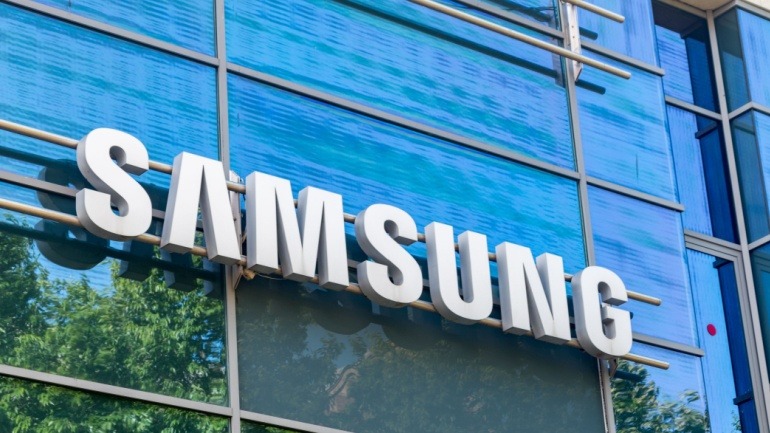As 2024 unfolds, the urgency for fast, secure connectivity scales globally. The dazzling digital rise of developing countries in Africa, Asia, and the Middle East, coupled with data-thirsty developed economies leveraging emerging technologies such as AI, is skyrocketing the demand for quality submarine cable infrastructure. This is essential to link these international hotspots effectively.
Strategically responding is China Mobile International Limited (CMI), pouring its resources into submarine cable infrastructure. CMI currently has four new cable systems in the pipeline – 2Africa, IAX, IEX, and PEACE – all set for a 2024 launch. Alongside their existing cable projects, this addition forms an interconnected backbone for international data traffic, bolstering transport routes between Asia and the rest of the world for years to come.
Unlocking Africa’s potential, the 2Africa cable boasts an anticipated boost of $26.2 billion to $36.9 billion to Africa’s economy within two to three years of activation, as per an RTI study. Spanning a whopping 45,000km and encircling Africa, it connects the continent to Europe and Asia. Furnished with 16 fibre pairs and a capacity of 180Tbps, it is robustly equipped to serve Africa’s connectivity needs.
Africa’s digitalisation and booming mobile data usage cannot be overstated. Ericsson’s 2023 Mobility Report identifies Sub-Saharan Africa as the world’s fastest-growing region in terms of total mobile data traffic. Consequently, this necessitates top-tier submarine cable infrastructure for countries to exploit emerging technologies and transform their local economies. Countries like the Democratic Republic of the Congo bear witness to this trend, serviced by a single existing submarine cable – the West Africa Cable System (WACS), which has been operating for over 12 years.
On another front, the PEACE cable system plans a more targeted approach, covering approximately 15,000km. This route connects Marseille, France, to Karachi, Pakistan, with additional branches in Mombasa, Kenya, and Victoria, Seychelles. Embracing an open-cable model, it offers neutral, flexible interconnection services to operators, OTTs, and enterprises across regions. Since its activation in late 2022, there are plans to expand the cable further to Singapore in 2024, forming a major Asia-Europe interconnection, billed as the fastest express route between Southeast Asia and East Africa.
Looking at the IAX & IEX systems, these interlinked structures are also drawing interest in the global submarine cable community. IAX, expected to be ready this year, will stretch from Mumbai, India, to the Maldives, and ultimately to Singapore. Additional branches will go to Thailand and Sri Lanka. IEX travels westwards from Mumbai, traversing the Red Sea and the Mediterranean Sea, before reaching its final destination in Savona, Italy.
These new resources falling under CMI’s wing will operate synergistically with their existing carrier infrastructure, thereby enriching regional network connectivity along the Middle Eastern and African coastlines and providing advantageous regional transmission networks for local carriers.
The aging process is catching up with cables created at the turn of the century, making them outdated, hence prompting new investments to maintain operations. Therefore, the demand for new cables is set to rise exponentially as we approach 2030. This is paramount as cost-effective competition and high levels of flexibility in data transportation and network security are major drivers of more diverse customer needs.
To that end, the global data traffic growth in the next decade is crucial for building state-of-the-art cables like IAX and IEX. They will significantly contribute to meeting these demands, offering alternatives on popular data routes. Consequently, as we blend initiatives such as 2Africa, PEACE, and IEX/IAX, they collectively engage in creating a network that significantly uplifts interconnected connectivity across Africa, Asia, and Europe.







